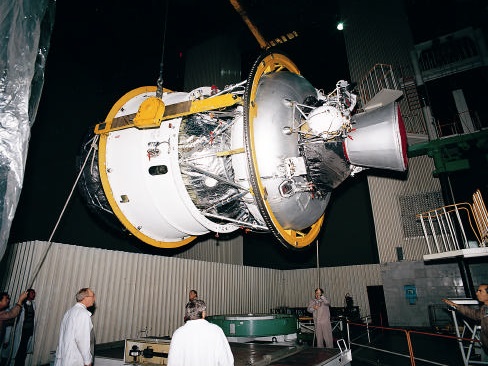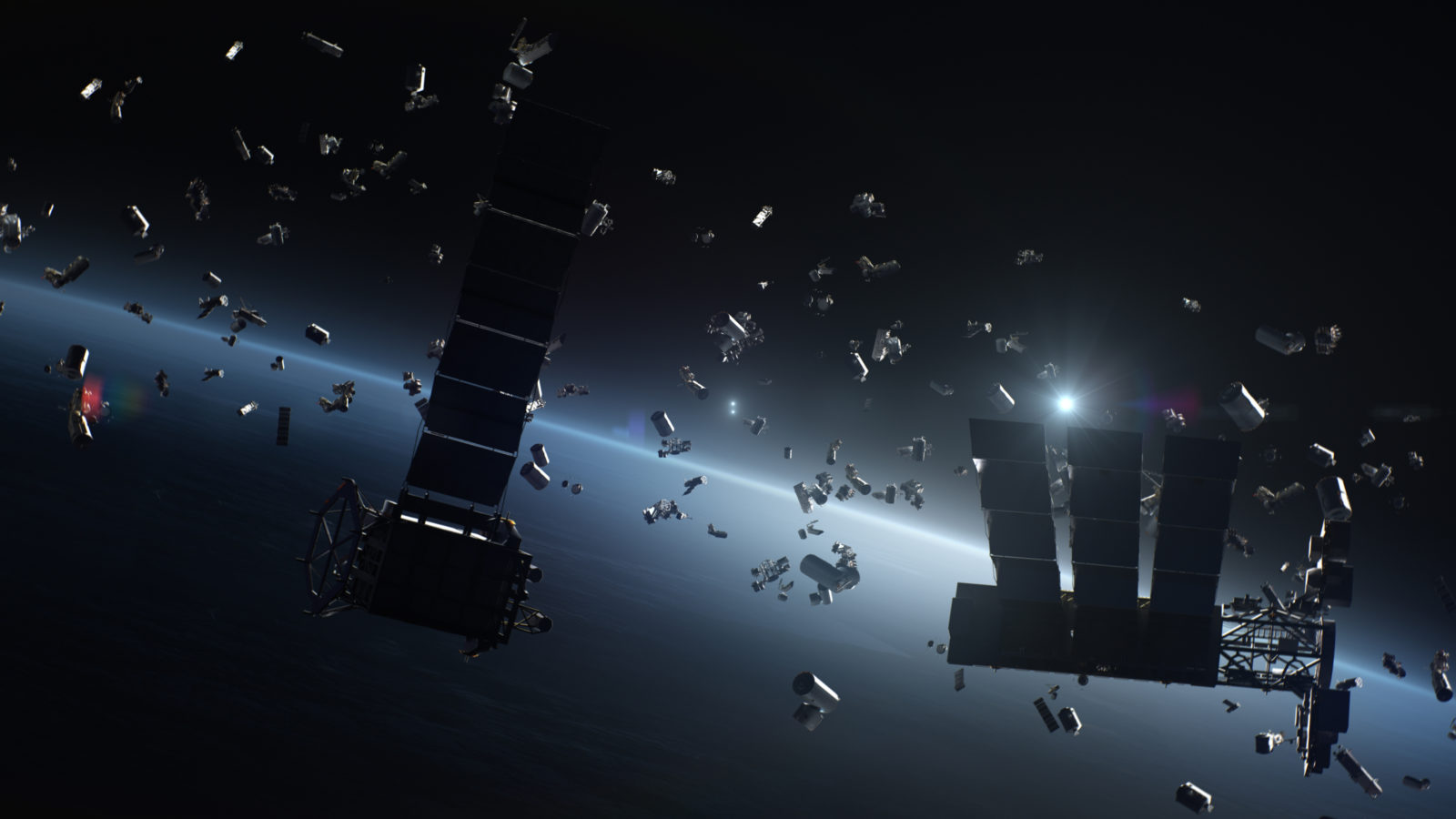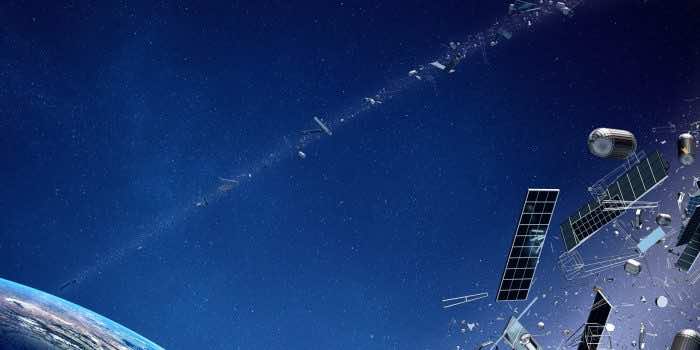An old Russian motor drifting aimlessly through space for more than a decade has finally exploded, scattering at least 16 shards of orbital debris that now threaten satellites and other objects.
The 18th Orbit Defense Squadron of the United States Orbit Force revealed on Twitter on Tuesday that a SOZ ullage motor exploded in space on April 15. At least 16 pieces of debris were produced, which the defence squadron is now tracking.

The motor was used to launch three Russian GLONASS satellites into orbit in 2007, pushing them into orbit once in space. Since then, the engine has been wandering through space, still containing high-energy rocket propellant.
“It’s sort of like a little bit of a time bomb, but without an actual timer,” astrophysicist Jonathan McDowell from the Harvard-Smithsonian Center for Astrophysics said.
The rocket propellant was most likely implicated in anything within the motor that caused it to detonate. Unfortunately, this isn’t the first time that an abandoned SOZ ullage motor has wreaked havoc in orbit. At least 54 of these motors have already exploded, according to McDowell, with another 64 still in orbit. This recent motor disaster adds to Earth’s orbit’s growing space junk problem.
According to NASA, the Department of Defense’s global Space Surveillance Network (SSN) sensors track about 27,000 pieces of orbital debris, with many smaller bits of trash in the near-Earth environment. These uncontrolled pieces of trash, whether a decommissioned satellite or a little piece of metal, fly at great speeds and have the potential to collide with a functioning spacecraft, causing significant damage.
For instance, a piece of space debris collided with the International Space Station in June 2021, damaging one of the station’s robotic arms. Later that month, astronauts on the ISS had to take refuge from a cloud of space debris generated by the defunct Russian satellite Kosmos-1408 being destroyed due to a careless Russian anti-satellite test. During China’s anti-satellite test in 2007, almost 3,000 pieces of massive debris were created.

Space agencies are working to find solutions to the ongoing orbital pollution, with the European Space Agency recently commissioning the first debris cleanup mission, which will launch in 2025. The four wings of the ClearSpace-1 spacecraft will collect space debris in Earth’s orbit.
Big pieces of space junk have the highest danger of not just exploding up, but of colliding with each other and causing a lot more debris,” according to McDowell.
“And so, if you want to avoid a chain reaction, getting rid of the big ones is what you want to do, and I think that will happen.”


